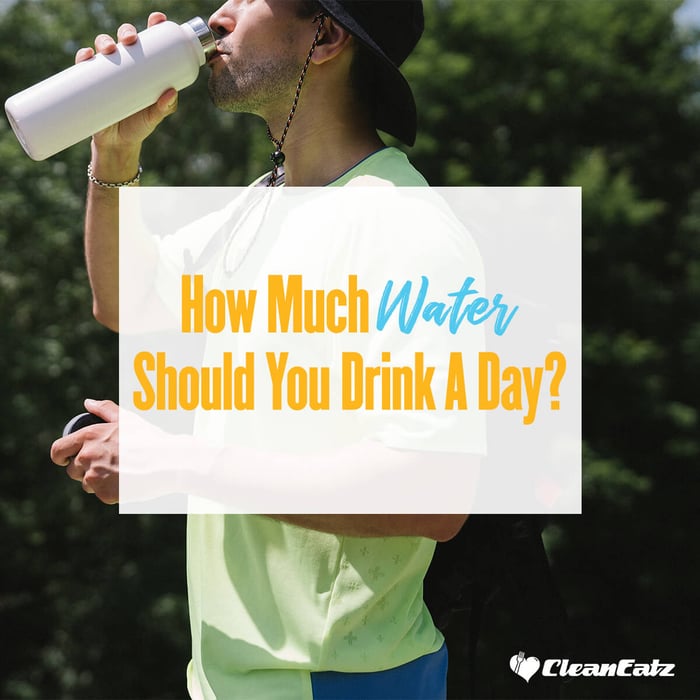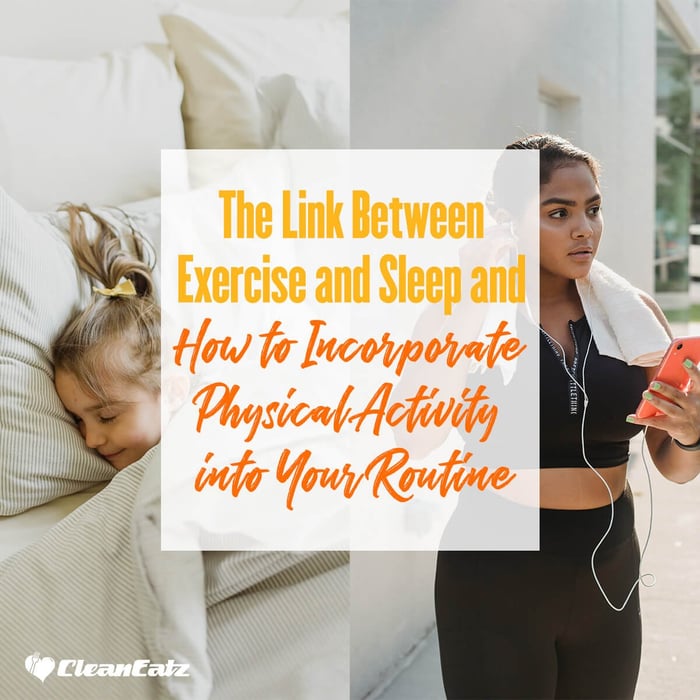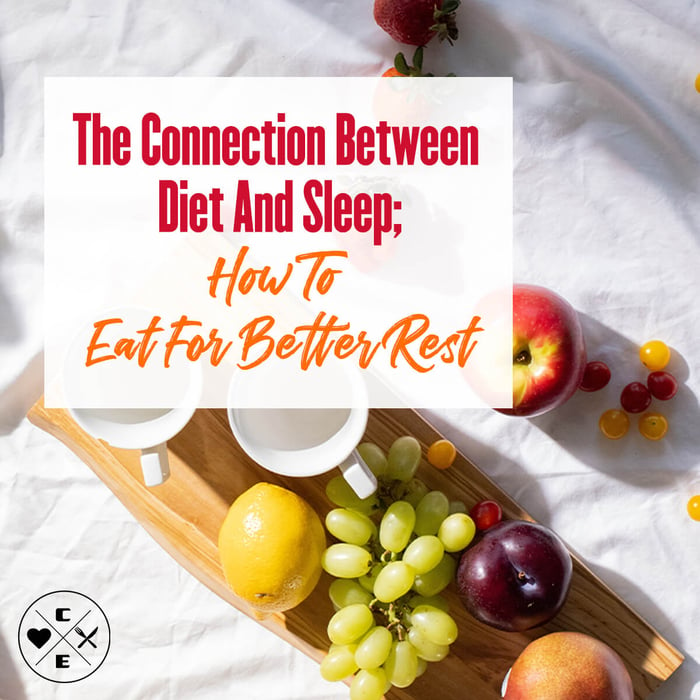How Much Water Should You Drink a Day? Smart Targets, Signs You’re Hydrated, and When to Use Electrolytes

Dorothy M. Shirnyl, RND
Nutrition
|
Healthy Lifestyle
10/09/2025 9:09am
4 minute read
Quick answer: Most healthy adults do well around 3.7 L/day for men and 2.7 L/day for women from all sources (drinks + foods). That’s an average—not a rule. Needs rise with heat, exercise, altitude, pregnancy/breastfeeding, and illness. A practical check: urine that’s light yellow, you feel good, and you’re not overly thirsty.
On this page
- Daily baselines (and what counts)
- How to adjust for exercise, heat, and life stages
- Easy signals you’re hydrated
- Do coffee and tea count?
- When to use electrolyte drinks
- Can you drink too much water?
- What to eat from Clean Eatz Kitchen
- FAQ
Daily baselines (and what counts)
- Science baseline: About 3.7 L/day (men) and 2.7 L/day (women) from drinks and foods. On average, ~20% comes from food (think fruit, veg, soups). The rest comes from water and other beverages.
- Simple drink target: If you prefer cups, that’s roughly ~13 cups (men) or ~9 cups (women) of beverages daily, assuming your diet supplies the rest.
- Heuristic (optional): Some clinicians use ~30 mL/kg/day as a quick starting point. Treat it as a ballpark and adjust to your signals and routine.
- Not one-size-fits-all: Body size, activity, meds, altitude, heat/cold, and diet all change daily needs.
How to adjust for exercise, heat, and life stages
Exercise
- Before: Start workouts already hydrated. A practical pre-hydrate is a couple of cups of fluids in the hours before (spaced out, not chugged).
- During: For most moderate sessions, sip to thirst; many people fall around ~12–24 oz (350–700 mL) per hour, more in heat.
- After: Rehydrate until urine returns to light yellow. If you track weight, replace ~1.25–1.5× the fluid you lost (accounting for ongoing sweat).
Heat & altitude
- Expect higher needs. Use the urine-color check more often in hot weather or on travel days.
Pregnancy & breastfeeding
- Common guidance is ~8–12 cups (64–96 oz) fluids/day during pregnancy, adjusting for heat and activity. Breastfeeding typically adds more—talk with your clinician for a personalized plan.
Easy signals you’re hydrated
- Urine color: aim for pale/light yellow. Dark yellow → drink more; totally clear all day → you may be overdoing it.
- Feel: steady energy, minimal thirst, normal bathroom frequency.
- Red flags: persistent dizziness, confusion, very dark urine, or infrequent urination—address promptly.
Do coffee and tea count?
Yes. All beverages (including caffeinated ones) help meet fluid needs. Keep total caffeine reasonable if you’re sensitive, aiming for ≤400 mg/day (most healthy adults) unless your clinician advises otherwise. Choose unsweetened options to avoid extra calories.
When to use electrolyte drinks
- Everyday life: Water is usually enough.
- Long/hot efforts (>~60–90 minutes) or heavy sweaters: an electrolyte drink (or salty foods + water after) can help replace sodium lost in sweat.
- Watch the label: pick lower-sugar formulas for routine training.
Can you drink too much water?
Yes—overdoing plain water without electrolytes during prolonged, heavy sweating can dilute blood sodium (hyponatremia). Symptoms can include nausea, headache, confusion, and in severe cases, seizures. Use thirst, pace intake, add electrolytes for long/hot efforts, and seek care for concerning symptoms.
What to eat from Clean Eatz Kitchen
- Build-A-Meal Plan — balanced meals that support hydration (pair with fruit/veg sides).
- Meal Plans — consistent, portion-controlled options so fluids aren’t an afterthought.
- Protein PB&J — easy snack to pair with water or unsweetened tea.
FAQ
Is 64 oz (eight cups) enough?
Sometimes. Many adults need more—especially men, active people, or on hot days. Use baselines plus urine-color checks to right-size your intake.
Do coffee and tea dehydrate you?
No in moderation—they “count” toward fluids. Very high caffeine can feel dehydrating for some; keep total daily caffeine reasonable and choose unsweetened drinks.
How much should I drink during workouts?
Start hydrated and sip to thirst. Many land around ~12–24 oz (350–700 mL) per hour, more in heat or at higher sweat rates.
What are signs I’m dehydrated?
Darker urine, thirst, dry mouth, fatigue, dizziness, or infrequent urination. In heat, act early—drink and cool down.
Can I drink too much water?
Yes; it’s uncommon day-to-day, but possible—especially if you’re aggressively drinking plain water during long, sweaty activity. Add electrolytes for long/hot efforts and don’t force large volumes quickly.



